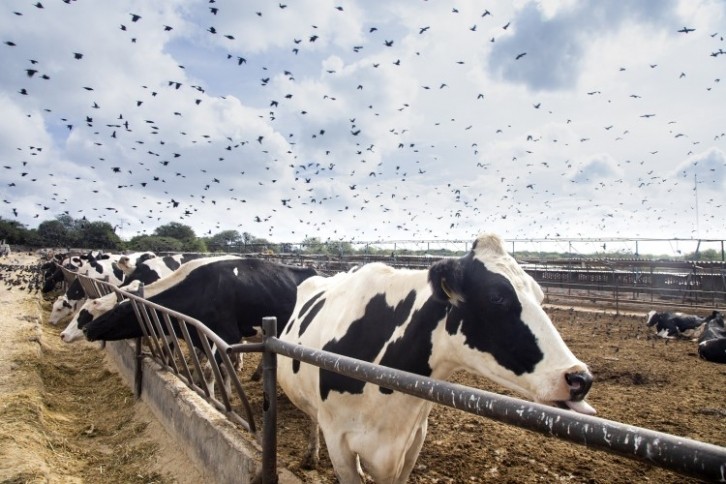United States: The spread of bird flu from farm to farm and producers in the US has now prompted officials to conduct investigations into a disease that affects cows.
The US Department of Agriculture Animal (USDA) and Plant Health Inspection Service confirmed in Tuesday that dairy cattle in Texas and Kansas had tested positive for HPAI. This is demonstrated by a decreased lactation and low appetite in the herd.
Impact on the supply of dairy commodities
The law of supply and demand is an example of a principle that has served humanity for centuries. When the number of commodities in high demand decreases, a relative change in the prices occurs.
When speaking to the American food supply chain, environmental health concerns regarding poultry have brought about such elasticity in prices, mostly prevalent with the recent wave of highly pathogenic avian influenza (HPAI), which is the bird flu, and this has had an impact on wholesale egg prices.
Hitha Herzog, a retail analyst, stated, “Prices are impacted when there is more demand and less supply for the product. In the instance of egg prices, the avian flu, which has been detected in birds since 2022, has impacted around 80 million birds across the country.”
Added further, “That type of exposure could severely hamper production, which drives the prices up,” said Hitha, as ABC reported.
Additional tests by health agencies on sick cows

According to ABC News reports, federal and state agencies are “moving quickly to conduct additional testing” to test for specific bird flu strains that are mainly linked to sick cows.
The agency stated, “Additional testing was initiated on Friday, March 22, and over the weekend because farms have also reported finding deceased wild birds on their properties,” as ABC News reported.
Added further, “Based on findings from Texas, the detections appear to have been introduced by wild birds. Initial testing by the National Veterinary Services Laboratories has not found changes to the virus that would make it more transmissible to humans, which would indicate that the current risk to the public remains low.”
Safety concerns for Dailry products – Experts

According to the USDA reports, it has been assured that “there is no concern about the safety of the commercial milk supply or that this circumstance poses a risk to consumer health.”
The agency continued, “Dairies are required to send only milk from healthy animals into processing for human consumption; milk from impacted animals is being diverted or destroyed so that it does not enter the food supply,” as ABC News reported.
Moreover, as pasteurization is a prerequisite step for milk supplied in stores, about which the agency stated it “has continually proven to inactivate bacteria and viruses, like influenza, in milk.”
How much does the infection impact the price?
The USDA has assured that, during the ongoing time in “the rapidly evolving situation,” the impact of milk loss coming from sick cows “is too limited to have a major impact on supply,” with the hope and caveat that there “should be no impact on the price of milk or other dairy products.”
Herzog stated, “The main way this could impact the consumer is through the output of milk. The pasteurization process is so rigorous it would kill the virus if it was present in milk from infected cows. However, only 10% of the exposed herds have been infected.”
And, “While there will be some milk loss, the panhandle area accounts for around 625,000 cows and about 1.3B gallons of milk produced annually. The affected milk will be small compared to the bigger picture of production.”
Additionally, the chief research officer of H Squared Research described that, according to her, the outbreak is unlikely to affect commercial dairy prices “because the scale is small.”
“However, if more of the herd is infected, or if production slows because the herd has to recover, or worse, they have to dump several millions of gallons of milk, that would have an impact on pricing,” Herzog added.











Leave a Reply